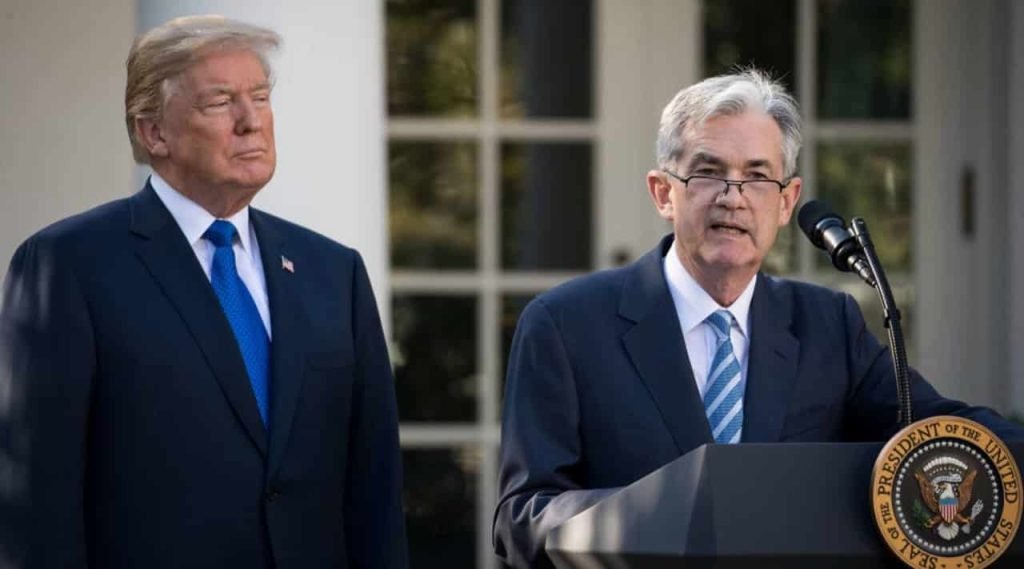The Call for Rate Cuts: Examining Trump’s Position on the Federal Reserve
In a recent social media post, former U.S. President Donald Trump urged Federal Reserve Chairman Jerome Powell to consider cutting interest rates, asserting that now is an opportune time for such a move. The message comes at a time when economic indicators, in Trump’s view, suggest that the U.S. economy is showing signs of recovery, such as lower energy prices, reduced inflation, and a decline in essential goods costs like eggs. Trump’s vocal stance on this matter reflects not just his views on economic policy but also his critical perspective on Powell’s decision-making approach.
Trump’s advocacy for rate cuts is deeply intertwined with his belief in the necessity of stimulating economic growth through lower borrowing costs. In his tweet, he stated that the timing is perfect for the Federal Reserve to act, a sentiment that resonates with a segment of the business community that favors lower interest rates to encourage investment and spending. The former president’s argument is bolstered by the latest employment data, which reported the addition of 228,000 jobs in March, suggesting robust growth in the labor market. Trump sees this as an ideal backdrop for a monetary policy adjustment that could sustain momentum and further invigorate the economy.
Despite Trump’s push for lower rates, Powell has resisted such calls, emphasizing the potential risks associated with Trump’s tariff policies. Powell has cautioned that tariffs might lead to unintended consequences, including slower economic growth and rising inflation. This divergence in views illustrates the complex relationship between fiscal policy — which encompasses government spending and tax policies — and monetary policy, which is largely dictated by the Federal Reserve’s interest rate decisions. The chairman’s apprehension about Tariff-induced economic strain adds another layer to the discussion about the Federal Reserve’s role in managing overall economic stability.
Moreover, Trump’s critical tweets also suggest a desire for the Federal Reserve to act more decisively, implying that past delays in rate adjustments have hindered progress. His characterization of Powell as "playing politics" hints at a broader concern over the independence of the Federal Reserve’s decision-making process. For Trump, controlling interest rates is a tool that can directly influence the economic environment, and he appears to be advocating for a bolder approach by the central bank to signal a break from past hesitations.
As the economic landscape evolves, the tension between Trump’s perspective and Powell’s cautious stance will likely persist. The debate over interest rates will continue to feature prominently in discussions about the U.S. economy’s direction, especially in light of ongoing concerns about inflation and the impact of global economic conditions. The uncertainty surrounding the effects of tariffs and international trade relations may complicate the Federal Reserve’s decision-making process in determining the optimal monetary policy.
In conclusion, the dialogue surrounding potential interest rate cuts reflects larger themes in U.S. economic management, including the delicate balance between stimulating growth and containing inflation. Trump’s call for lower rates amid a backdrop of positive job growth presents a compelling argument, yet it is juxtaposed with Powell’s warnings about the repercussions of fiscal policies. This evolving narrative will certainly require ongoing monitoring as economic indicators continue to shift, and as policymakers grapple with the implications of their decisions on the broader economy. As such, the relationship between fiscal and monetary strategies will remain a focal point in shaping the future economic landscape of the United States.


